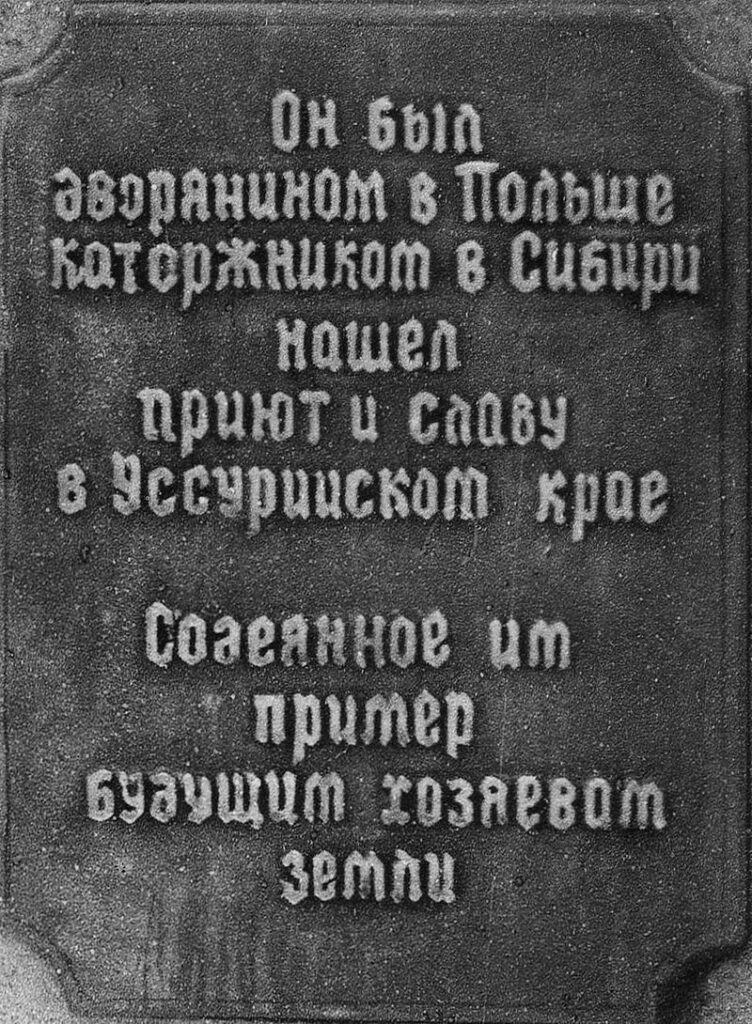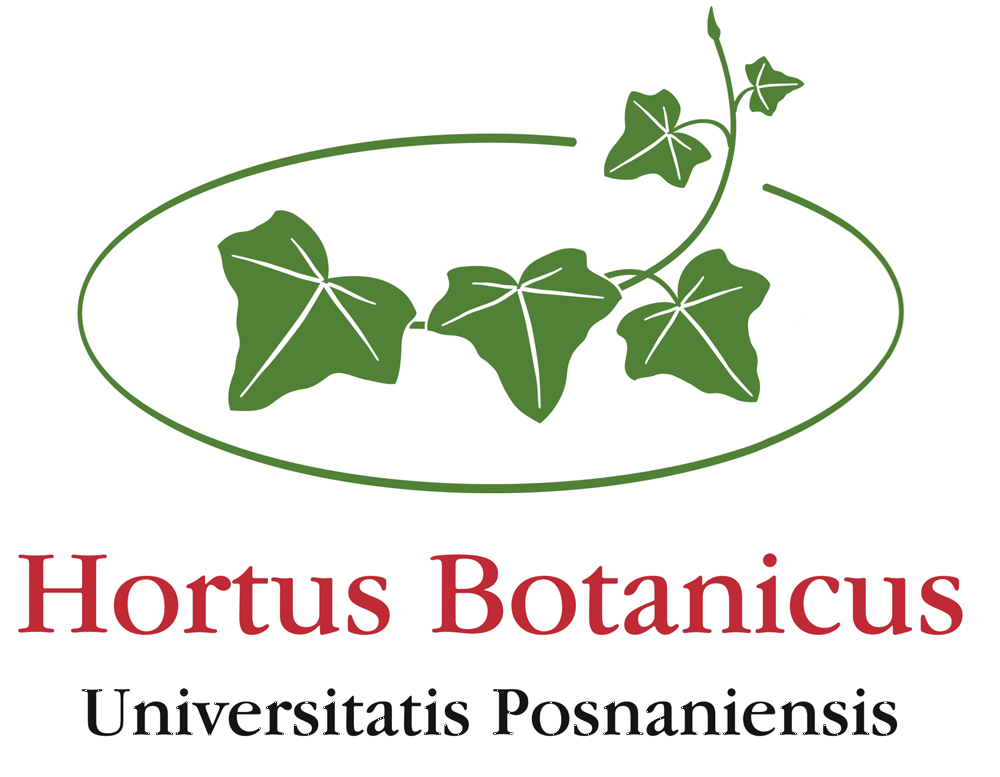educational path
(details)
Nature and Journey,
the story of Polish people abroad
2/7
Michał Jankowski
(1842-1912)
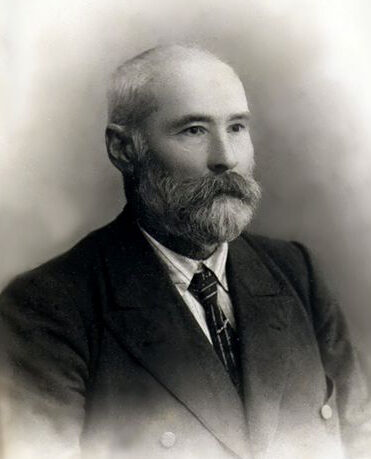
One of the Poles exiled to Siberia who became interested in Asian nature was Michał Jankowski – a nobleman sentenced for taking part in the January Uprising of 1863. During his stay in Transbaikalia, Jankowski met other exiles who devoted themselves to studying Siberian nature – Benedykt Dybowski and Wiktor Godlewski. Thanks to these acquaintances, in 1872 he joined a large-scale scientific expedition to explore the Amur River basin.
The Amur region is located in East Asia, and its climate differs from that of the Siberian taiga – the winters are shorter and the summers warmer, with high levels of precipitation. As a result, the vegetation of the Amur area includes numerous deciduous species, such as the Amur cork tree (Phellodendron amurense Rupr.), the Amur lilac (Syringa reticulata subsp. amurensis (Rupr.) P.S. Green & M.C. Chang), and the Amur grape (Vitis amurensis Rupr.).
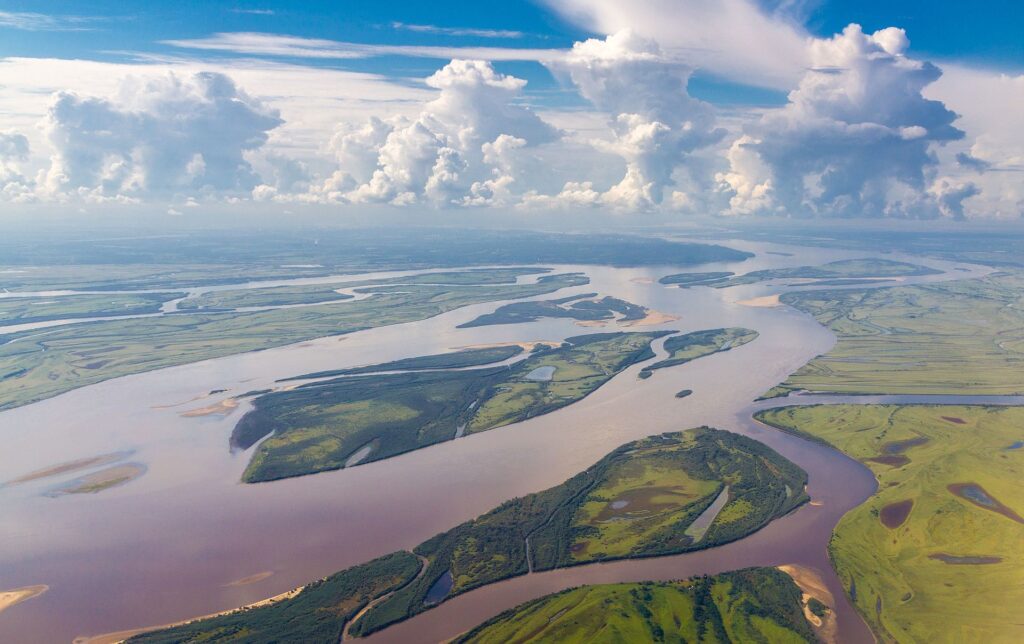
A few years later, Jankowski moved to Sidemi Peninsula, located several dozen kilometers west of Vladivostok. There, he made use of the skills he had acquired during the expedition in preparing and describing natural specimens, and devoted himself to scientific work. He sent numerous fauna and flora specimens to European museums. He described around 100 species of butterflies, as well as various beetles and plants.
At the same time, he ran a farm on the peninsula, where he successfully bred, among others, sika deer (Cervus nippon Temminck, 1838) and horses. He also established the first ginseng (Panax ginseng C.A. Meyer) plantation in the Russian Empire, which at its peak numbered in the tens of thousands of roots — a level of cultivation success that has never been replicated since. Additionally he conducted research on improving breeds of domesticated animals, and also imported fruit tree and shrub seedlings from Europe, grafting them onto local plants.
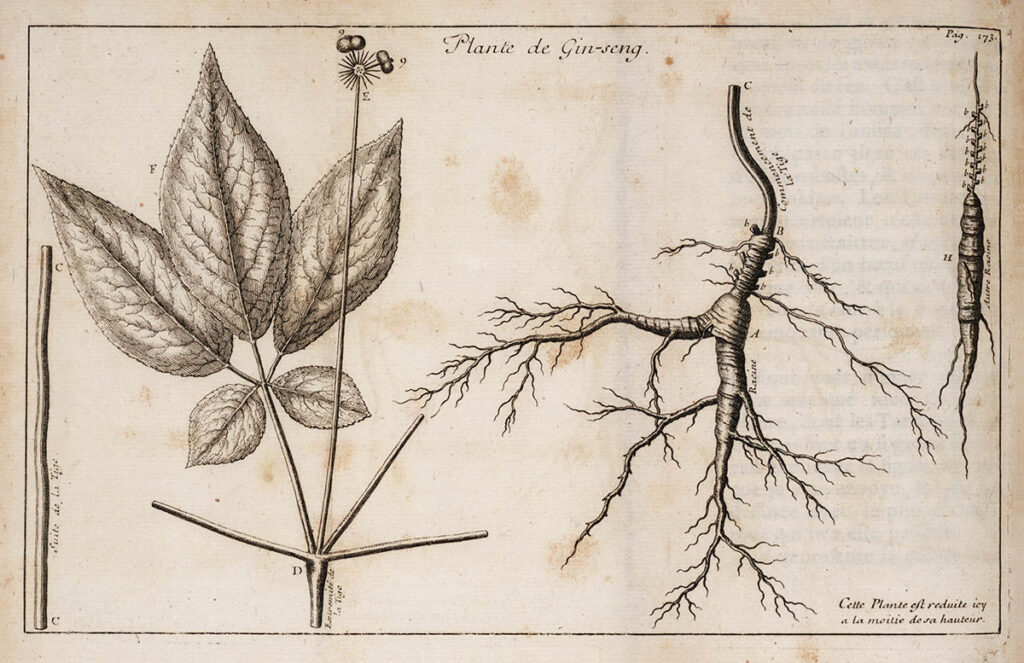
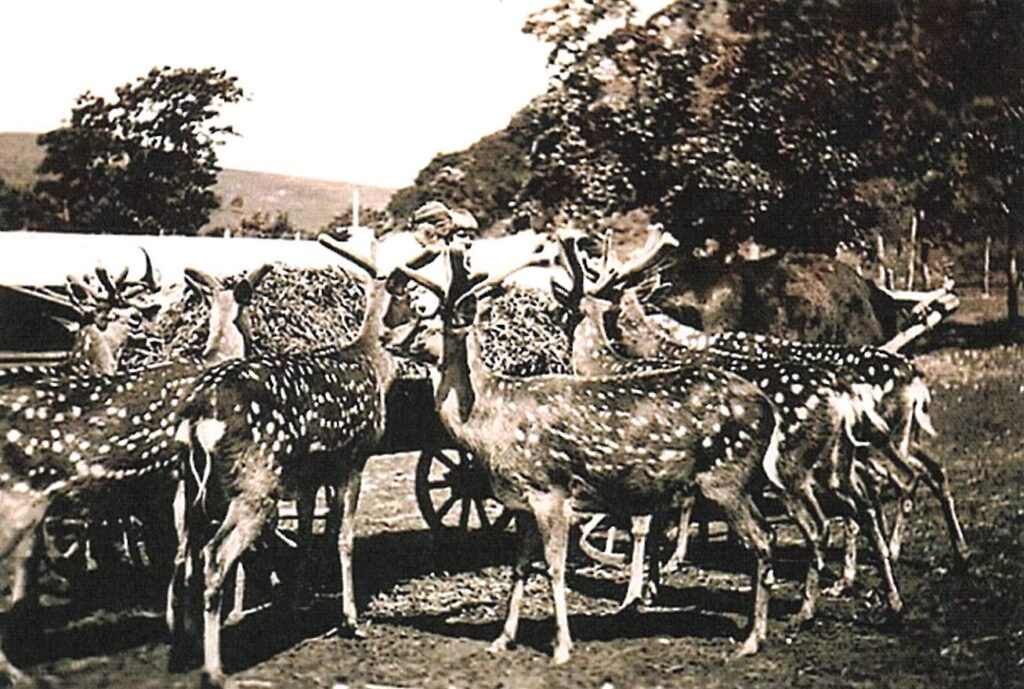
Jankowski made significant contributions to the fields of biology and animal breeding, as well as to the study of the natural environment of the Far East. Several species of plants and animals were named after the researcher, for example, the butterfly Rhodinia jankowskii (Oberthür, 1880) and the sedge Carex jankowskii Gorodkov. The Sidemi Peninsula, where the nobleman ran his farm, is now called the Jankowski Peninsula. In one of the settlements located there, there is today a monument to the Polish naturalist, bearing the inscription:
He was a nobleman in Poland, an exile in Siberia, and found a home and fame in the Ussuri region. What he collected shall serve as an example for future stewards of this land.
